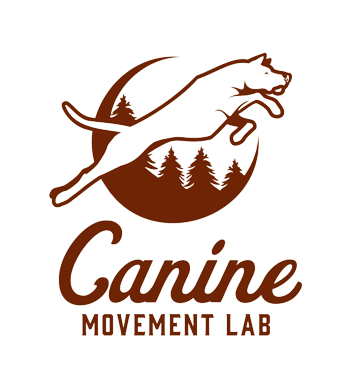Recommended Reading

In this fascinating book, Raymond Pierotti and Brandy Fogg change the narrative about how wolves became dogs and in turn, humanity's best friend. Rather than describe how people mastered and tamed an aggressive, dangerous species, the authors describe coevolution and mutualism. Wolves, particularly ones shunned by their packs, most likely initiated the relationship with Paleolithic humans, forming bonds built on mutually recognized skills and emotional capacity.
Every moment in Michael Hingson’s and Roselle’s lives seemed to lead up to this day. When one of four hijacked planes flew into the World Trade Center’s north tower on September 11, 2001, Michael Hingson, a district sales manager for a data protection and network security systems company, was sitting down for a meeting. His guide dog, Roselle, was at his feet. Paired for twenty-one months, man and dog spent that time forging a bond of trust, much like police partners who trust their lives to each other.
Michael couldn’t see a thing, but he could hear the sounds of shattering glass, falling debris, and terrified people flooding around him and Roselle. However, Roselle sat calmly beside him. In that moment, Michael chose to trust Roselle’s judgment and not to panic. They were a team.
Thunder Dog is a story that will forever change your spirit and your perspective. It illuminates Hingson’s lifelong determination to achieve parity in a sighted world and how the rare trust between a man and his guide dog can inspire an unshakable faith in each one of us.
In an Unspoken Voice: How the Body Releases Trauma and Restores Goodness
In this culmination of his life’s work, Peter A. Levine draws on his broad experience as a clinician, a student of comparative brain research, a stress scientist and a keen observer of the naturalistic animal world to explain the nature and transformation of trauma in the body, brain and psyche. In an Unspoken Voice is based on the idea that trauma is neither a disease nor a disorder, but rather an injury caused by fright, helplessness and loss that can be healed by engaging our innate capacity to self-regulate high states of arousal and intense emotions. Enriched with a coherent theoretical framework and compelling case examples, the book elegantly blends the latest findings in biology, neuroscience and body-oriented psychotherapy to show that when we bring together animal instinct and reason, we can become more whole human beings.
Animals as Guides for the Soul: Stories of Life-Changing Encounters
In her New York Times bestseller Animals as Teachers and Healers, Susan Chernak McElroy movingly explored the wide and enriching horizons of human relationships with animals. In this new volume of reflections and true animal stories, she invites us to broaden and deepen that relationship.
Waking the Tiger: Healing Trauma
Trauma and Memory: Brain and Body in a Search for the Living Past
In Trauma and Memory, bestselling author Dr. Peter Levine (creator of the Somatic Experiencing approach) tackles one of the most difficult and controversial questions of PTSD/trauma therapy: Can we trust our memories? While some argue that traumatic memories are unreliable and not useful, others insist that we absolutely must rely on memory to make sense of past experience. Building on his 45 years of successful treatment of trauma and utilizing case studies from his own practice, Dr. Levine suggests that there are elements of truth in both camps. While acknowledging that memory can be trusted, he argues that the only truly useful memories are those that might initially seem to be the least reliable: memories stored in the body and not necessarily accessible by our conscious mind.
While much work has been done in the field of trauma studies to address "explicit" traumatic memories in the brain (such as intrusive thoughts or flashbacks), much less attention has been paid to how the body itself stores "implicit" memory, and how much of what we think of as "memory" actually comes to us through our (often unconsciously accessed) felt sense. By learning how to better understand this complex interplay of past and present, brain and body, we can adjust our relationship to past trauma and move into a more balanced, relaxed state of being. Written for trauma sufferers as well as mental health care practitioners, Trauma and Memory is a groundbreaking look at how memory is constructed and how influential memories are on our present state of being.



